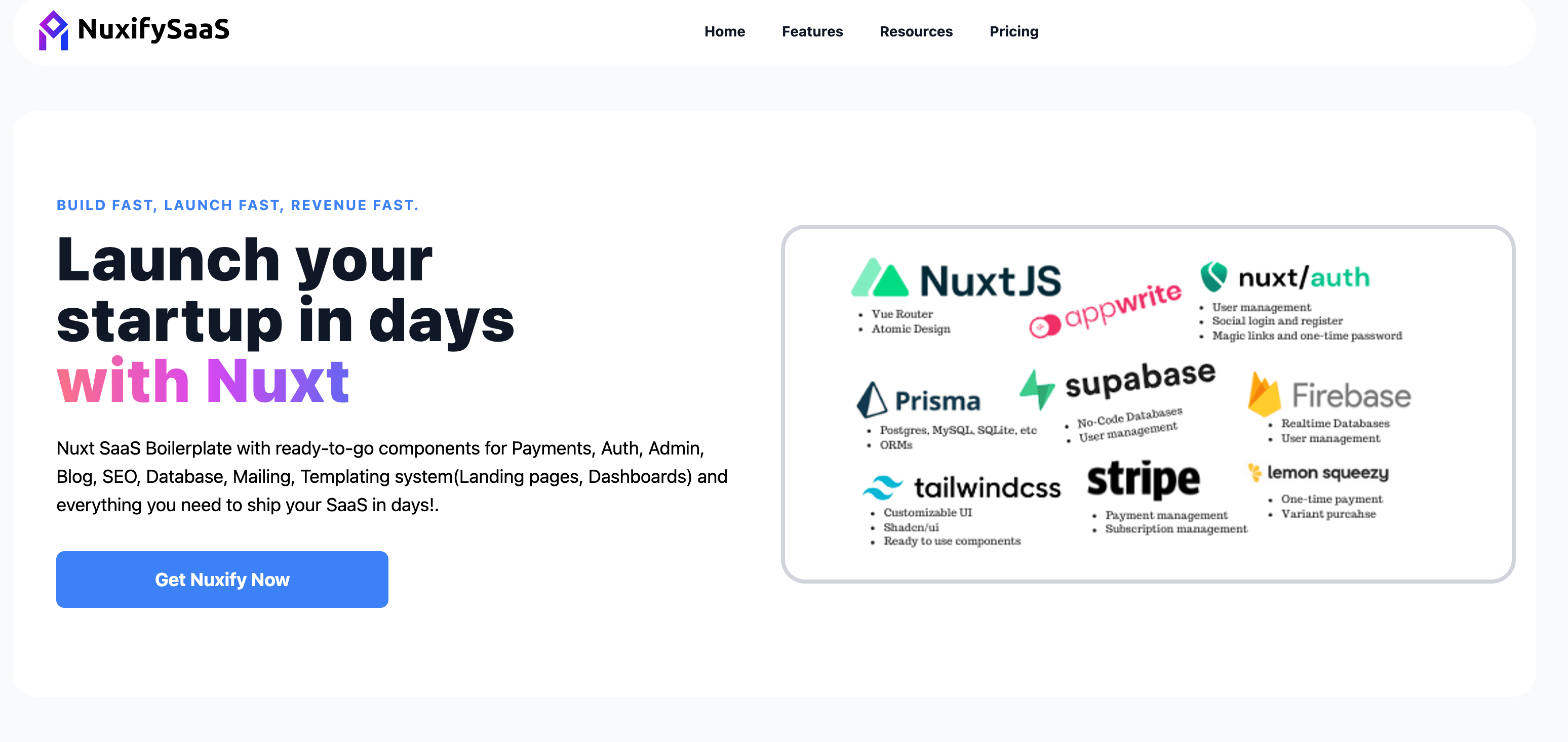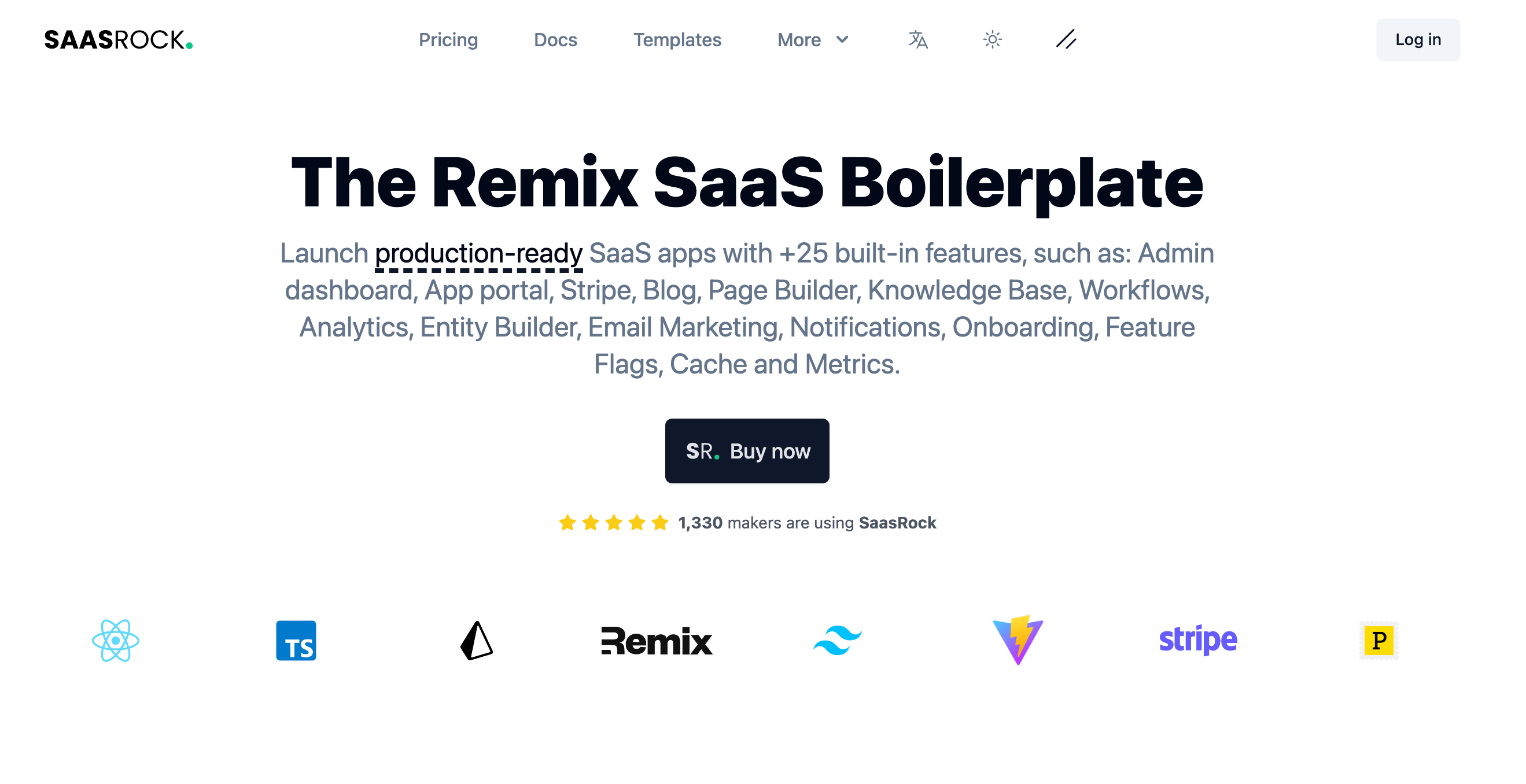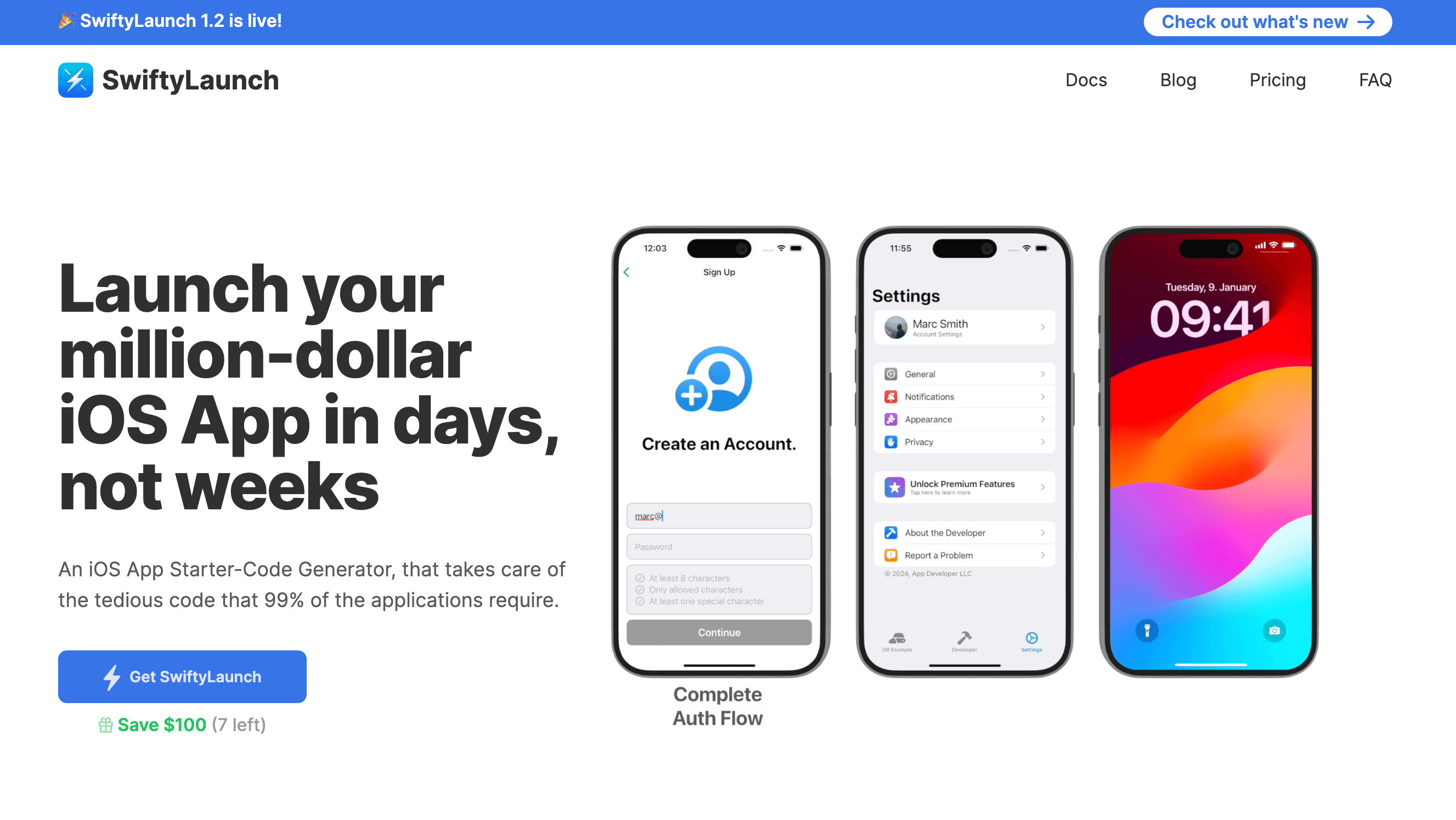Why You Need a Boilerplate for Your Next SaaS Projects
In the competitive landscape of software development, every minute counts. For startup founders, entrepreneurs, and developers embarking on the journey of building a SaaS (Software as a Service) product, time is of the essence.
In this article, we'll delve into the importance of boilerplates, explore the benefits of using them for SaaS projects, and discuss when it's the right time to leverage a boilerplate for your next endeavor.
Understanding Boilerplates
Before we dive into the why, let's first understand what a boilerplate is and how it can streamline your development process. Boilerplates are pre-configured templates or frameworks that provide developers with a foundation for building software applications.
In the context of SaaS projects, boilerplates come equipped with essential features and functionalities, such as user authentication, payment processing, admin dashboards, and more.
Why Boilerplates Are Important
- Speed: Time-to-market is crucial for startups looking to gain a competitive edge. Boilerplates enable rapid prototyping by eliminating the need to build basic functionalities from scratch, allowing you to focus on refining and iterating on your core product features.
- Cost-effectiveness: Building a SaaS product from scratch can be both time-consuming and expensive. Boilerplates offer a cost-effective solution by providing ready-to-use components and functionalities, reducing development costs and accelerating the ROI (Return on Investment) for your project.
- Standardization and Best Practices: Boilerplates adhere to industry best practices and standards, ensuring a solid foundation for your project. By starting with a standardized codebase, you can maintain consistency, enhance code quality, and minimize technical debt as your project evolves.
- Flexibility and Customization: While boilerplates come pre-configured with standard features, they also offer flexibility for customization. Whether you need to integrate third-party services, extend existing functionalities, or tailor the user experience to fit your brand, boilerplates provide the flexibility to adapt to your specific project requirements.
IV. When to Use a Boilerplate in Your SaaS Project
- At the outset of your project: Consider using a boilerplate when starting a new SaaS project to jumpstart your development process and accelerate your time-to-market.
- For MVP (Minimum Viable Product) development: When building an MVP to validate your SaaS idea in the market, leveraging a boilerplate can help you quickly prototype and test your concept without investing extensive time and resources.
- For projects with tight deadlines: If you're working on a project with a tight deadline or limited resources, a boilerplate can help you meet your delivery timelines by providing a head start on development.
- When scaling your project: As your SaaS project grows and evolves, a boilerplate can serve as a scalable foundation, allowing you to add new features and functionalities seamlessly without disrupting your existing codebase.
Conclusion
In conclusion, boilerplates are indispensable tools for startup founders, entrepreneurs, and developers embarking on the journey of building SaaS products.
By offering speed, cost-effectiveness, standardization, and flexibility, boilerplates empower you to focus on what matters most: delivering value to your customers and growing your business.
So, the next time you embark on a SaaS project, consider leveraging a boilerplate to streamline your development process and accelerate your path to success.


